Introduction to Chess
Chess is a two-player strategy game believed to have originated in India around the 6th century AD. It has evolved over the centuries and today is one of the world's most popular and enduring games. Playing chess involves deep cognitive functions, such as tactical planning, long-term strategic thinking, and adaptation to changing situations.
Understanding the Basics
The Chessboard and Setup
The chessboard consists of 64 squares in an 8x8 grid, alternating between light and dark colors. Each player starts with 16 pieces: one king, one queen, two rooks, two knights, two bishops, and eight pawns, arranged in specific spots on the board. The game begins with the pieces set up in the same position every time, allowing players to learn and develop opening strategies.
The Moves of Each Chess Piece
Each type of piece moves in a distinct way:
- Pawns: Move forward one square, but capture diagonally. On its first move, a pawn may move forward two squares.
- Rooks: Move horizontally or vertically any number of squares.
- Knights: Move in an L shape: two squares in one direction and then one square perpendicular, or vice versa.
- Bishops: Move diagonally any number of squares.
- Queen: Combines the power of the rook and bishop, moving horizontally, vertically, or diagonally any number of squares.
- King: Moves one square in any direction.
Understanding these movements is crucial for formulating strategies and tactics during a game.
Developing Strategies
Opening Principles
The opening phase of the game is vital. Key principles include controlling the center of the board, developing your pieces (especially knights and bishops), and securing the safety of your king, often through castling. Setting up a solid foundation in the opening can dictate the pace and structure of the entire game.
Middlegame Tactics
In the middlegame, players maneuver for position and advantage. Common tactics involve pins, forks, and skewers:
- Pin: Attacking a piece that cannot move without exposing a more valuable piece behind it.
- Fork: Using a single piece to attack two or more enemy pieces at the same time.
- Skewer: Similar to a pin, where a high-value piece is attacked and must move, exposing a less valuable piece behind it.
Leveraging these tactics effectively requires keen observation and positional understanding.
Endgame Knowledge
As the game reduces to fewer pieces on the board, the endgame focuses on promoting pawns and delivering checkmate. Basic endgame strategies include using the king actively, optimizing the position of remaining pieces, and creating passed pawns to threaten promotion.
Chess Notation
Learning chess notation is essential for studying classic games and improving your play. Notation involves recording each move with the names of the pieces and their destination squares, allowing players to replay and analyze games.
Improving Your Chess
Study and Analyze
Improving at chess involves studying classic games, understanding common strategies, and analyzing your own games critically. Books, online tutorials, and analysis software can assist in these areas.
Practical Play
Practicing by playing as often as possible, whether against computers or against human opponents, helps refine strategies and adapt to various styles of play. Online platforms provide opportunities to play against opponents from around the world.
Conclusion
Mastering chess is an ongoing process of learning, practice, and mental development. While the game is easy to learn, it offers infinite challenges and opportunities for deep strategic and tactical play. With dedication and the right resources, anyone can improve their chess skills and enjoy this timeless game.
Explore our large collection of luxurious chess sets!


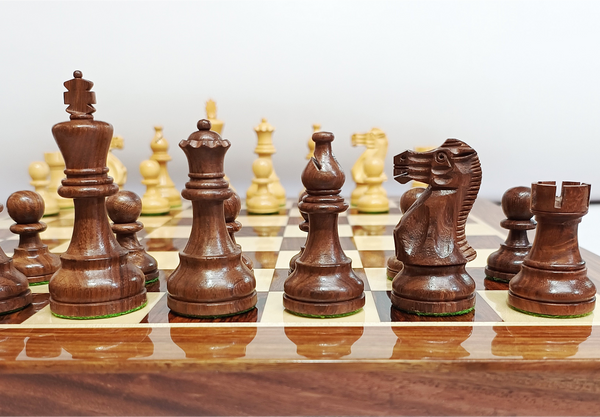
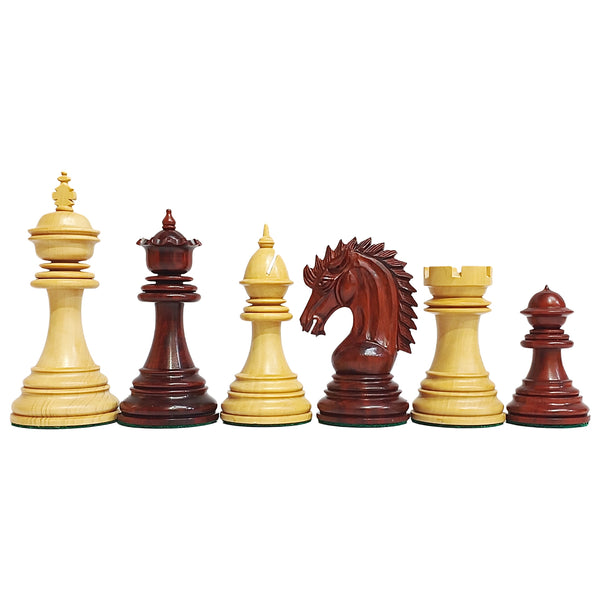
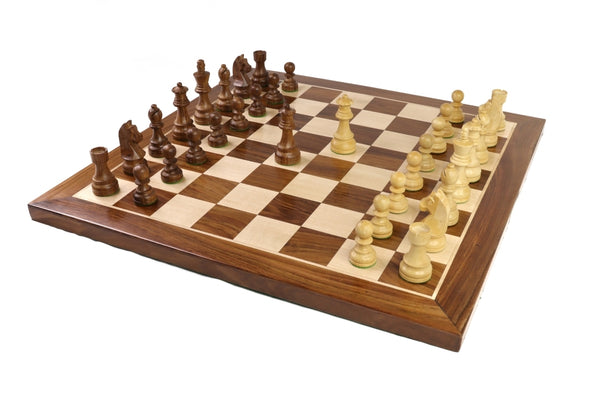
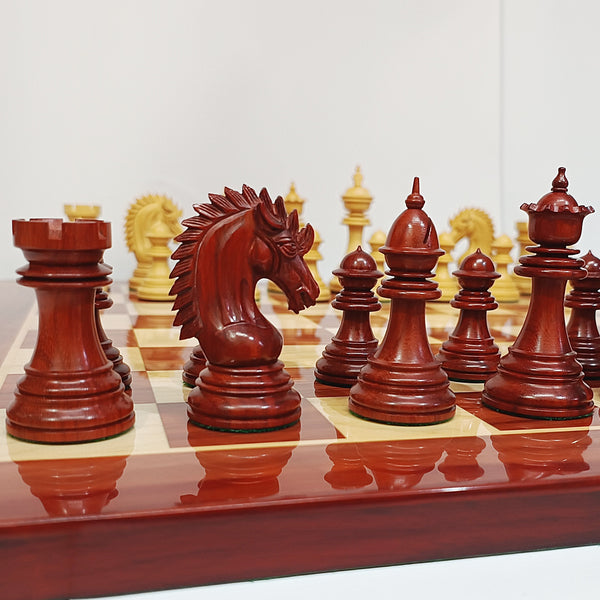
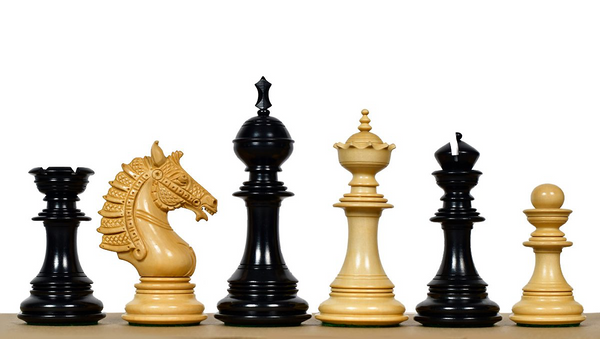
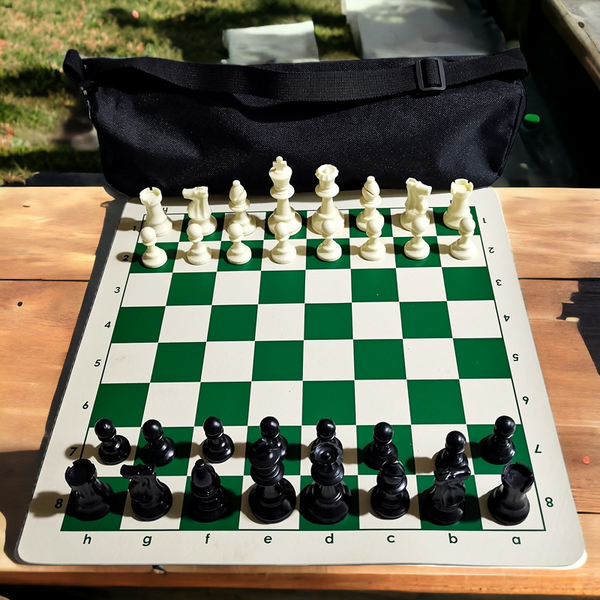






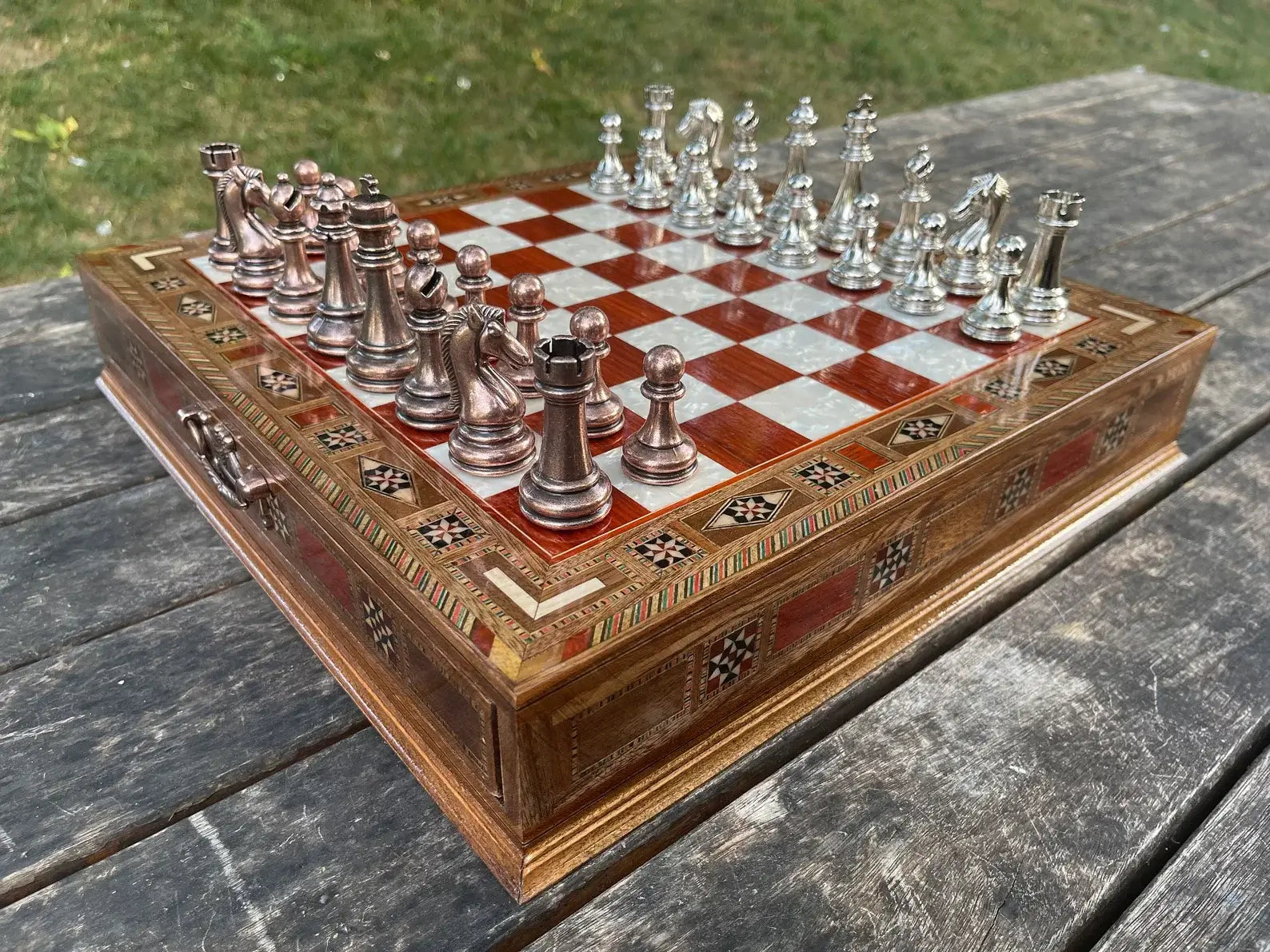
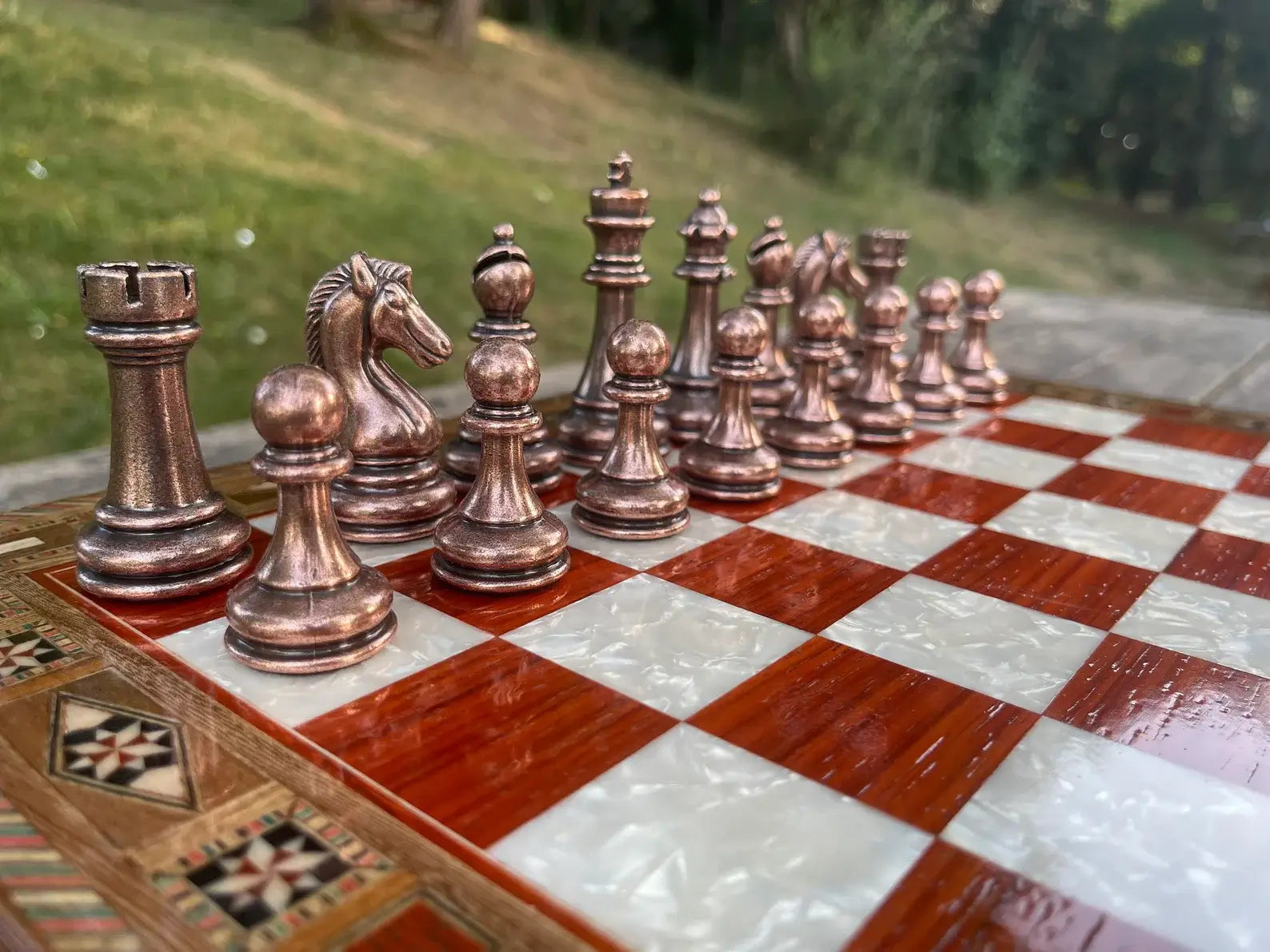
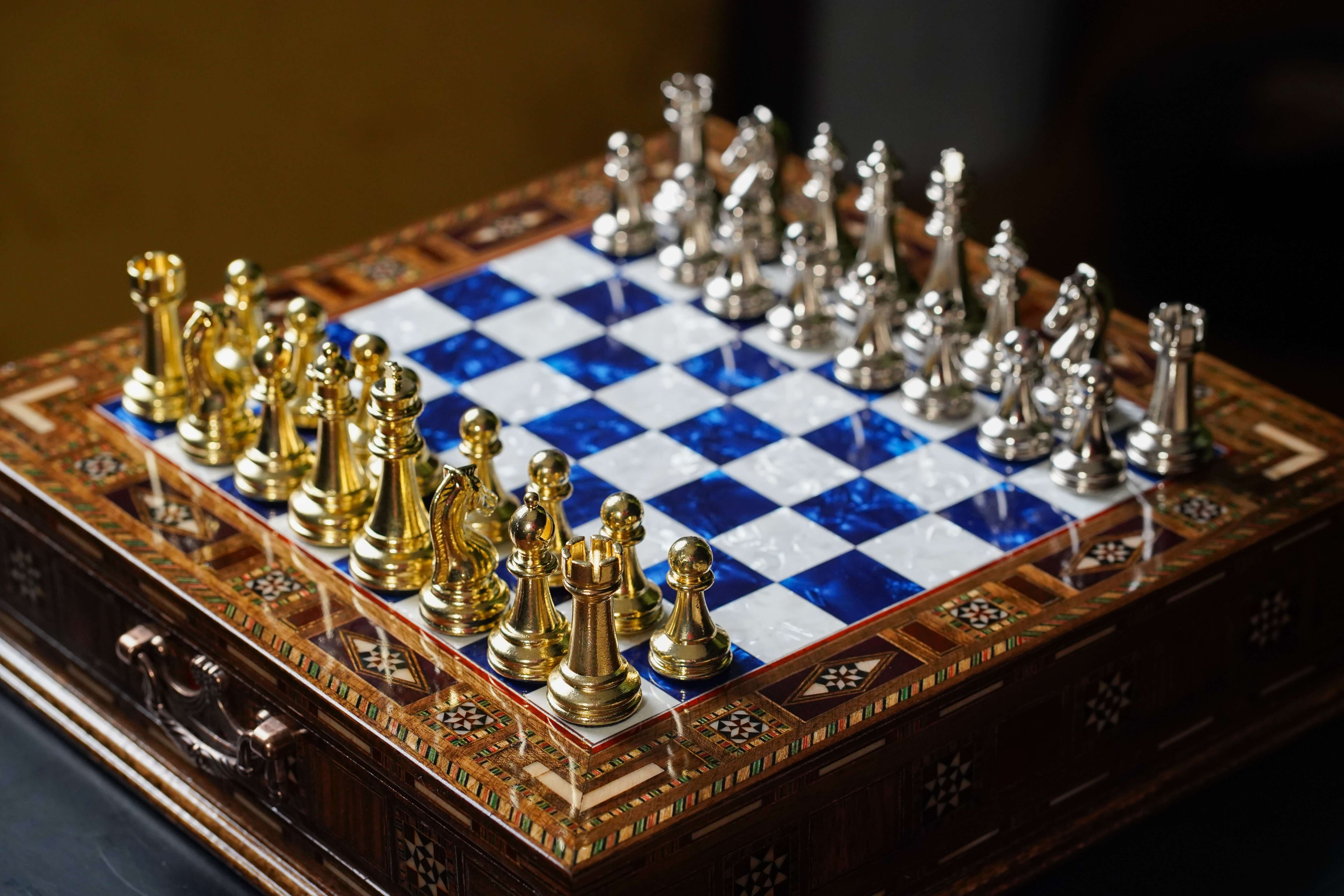
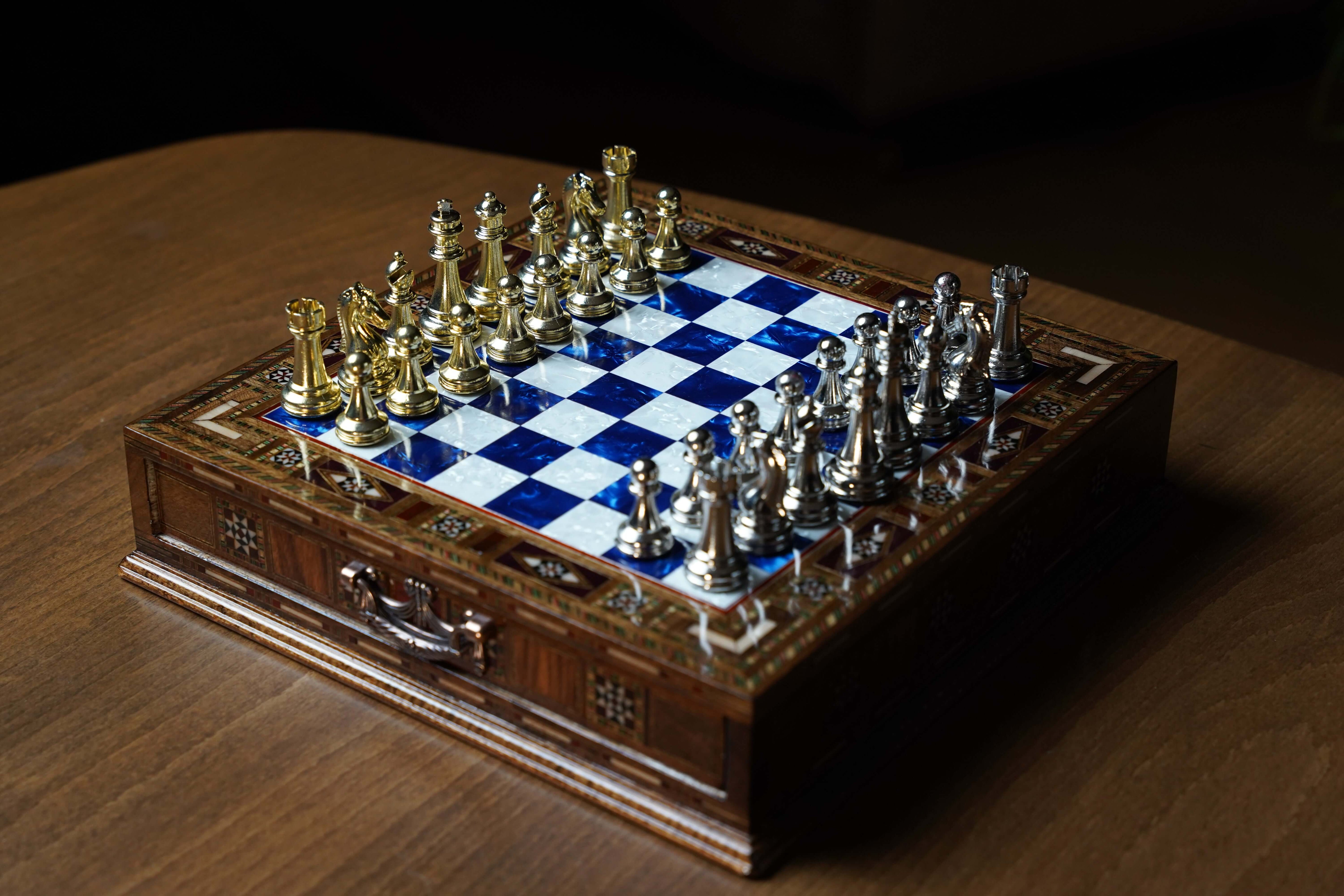
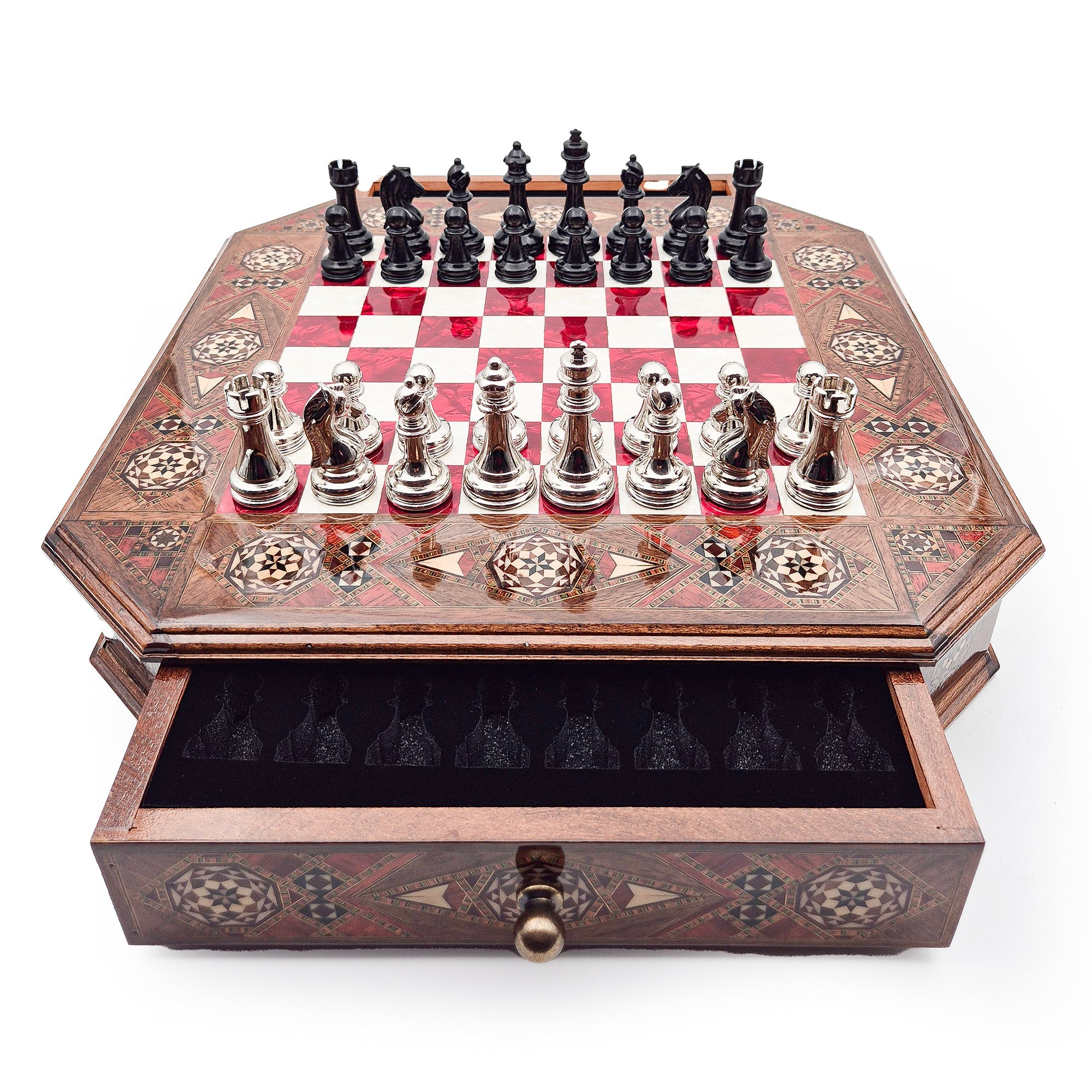
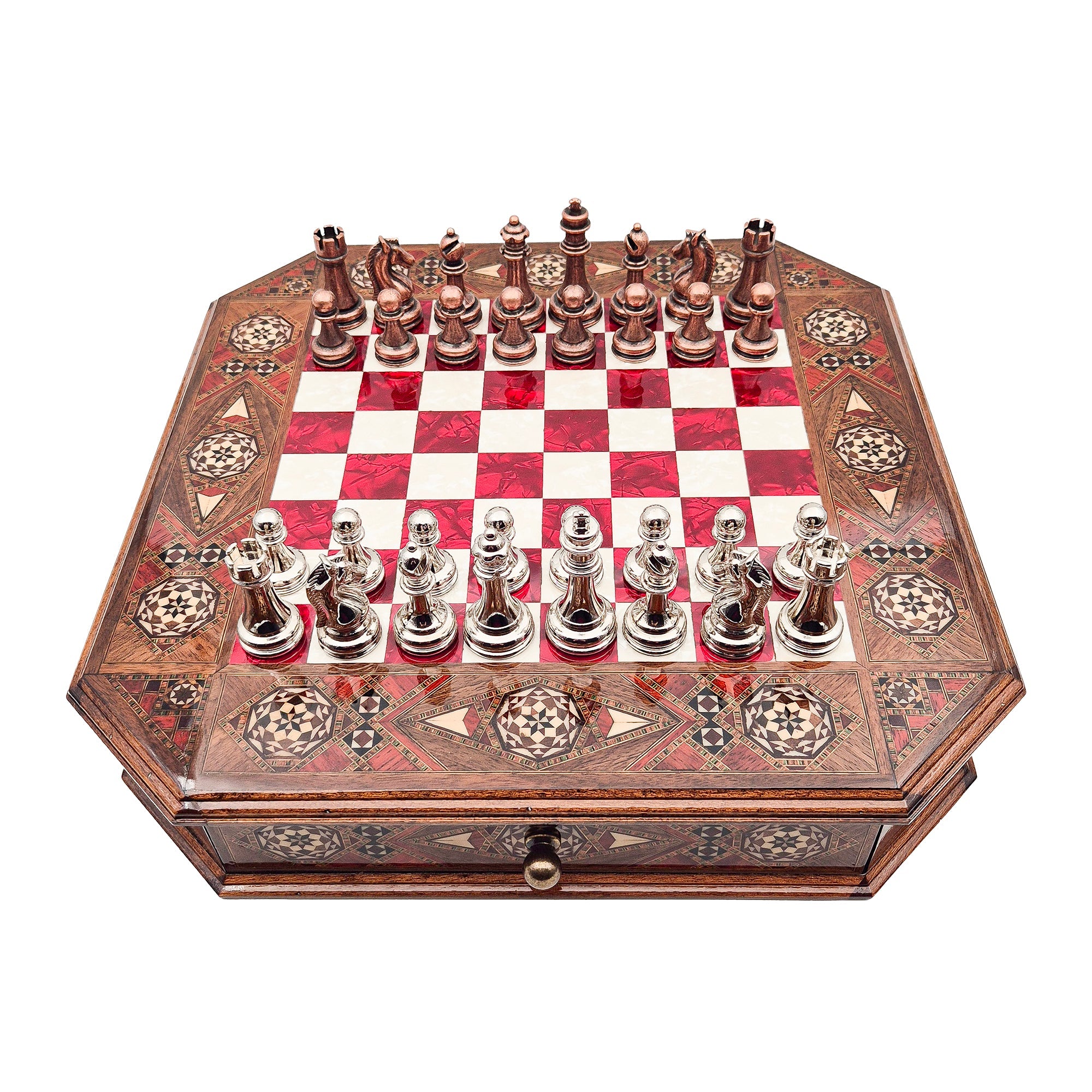
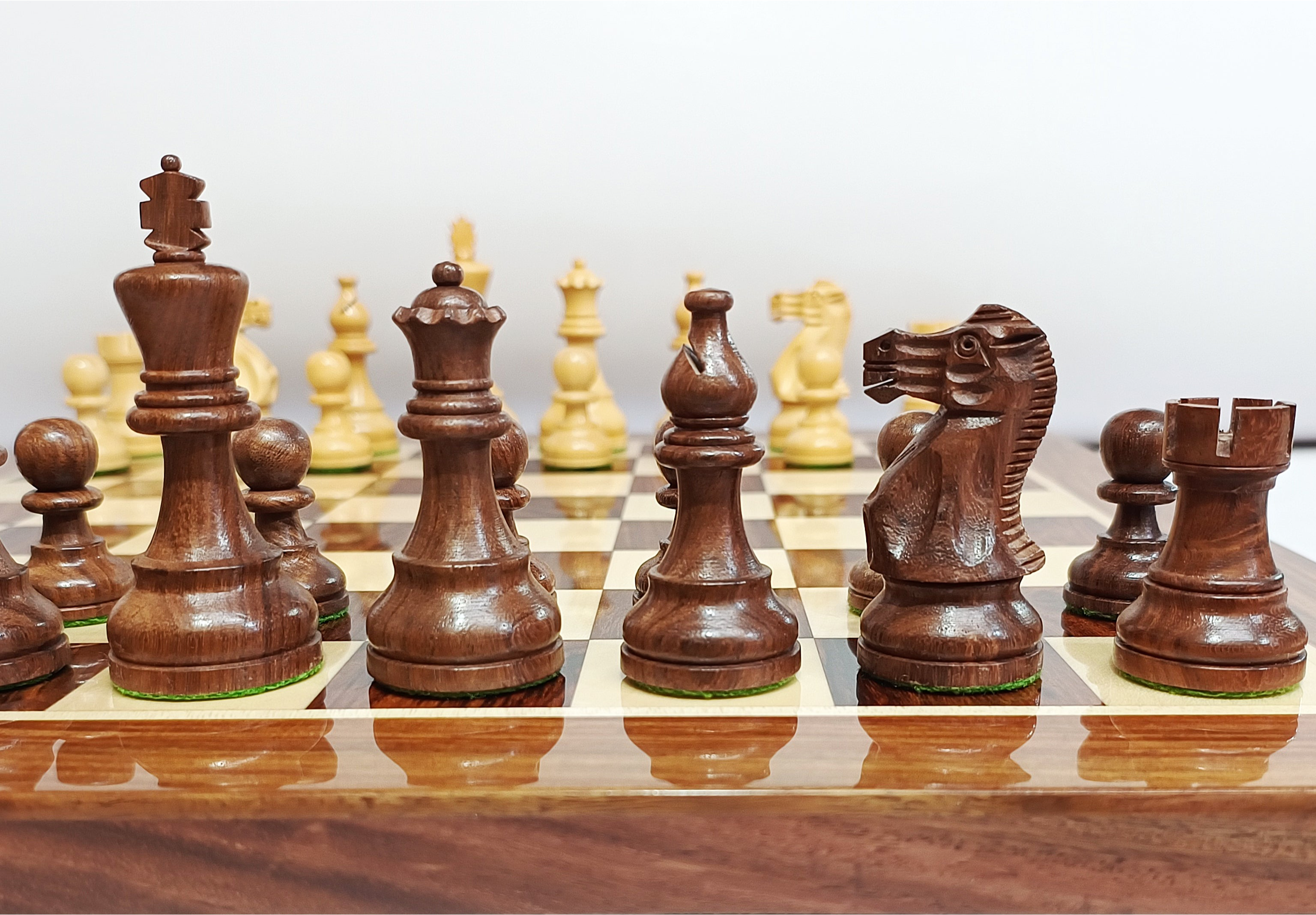

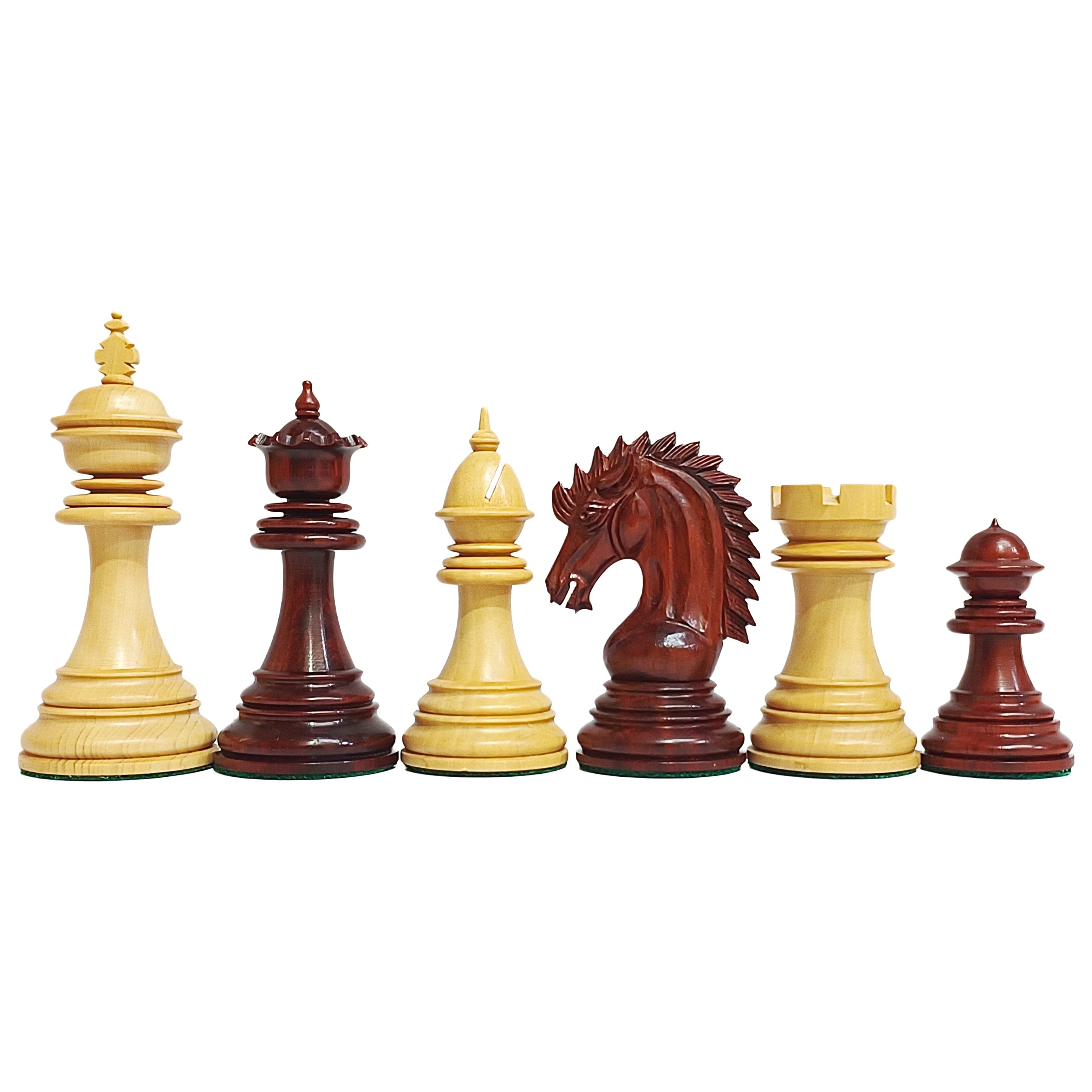
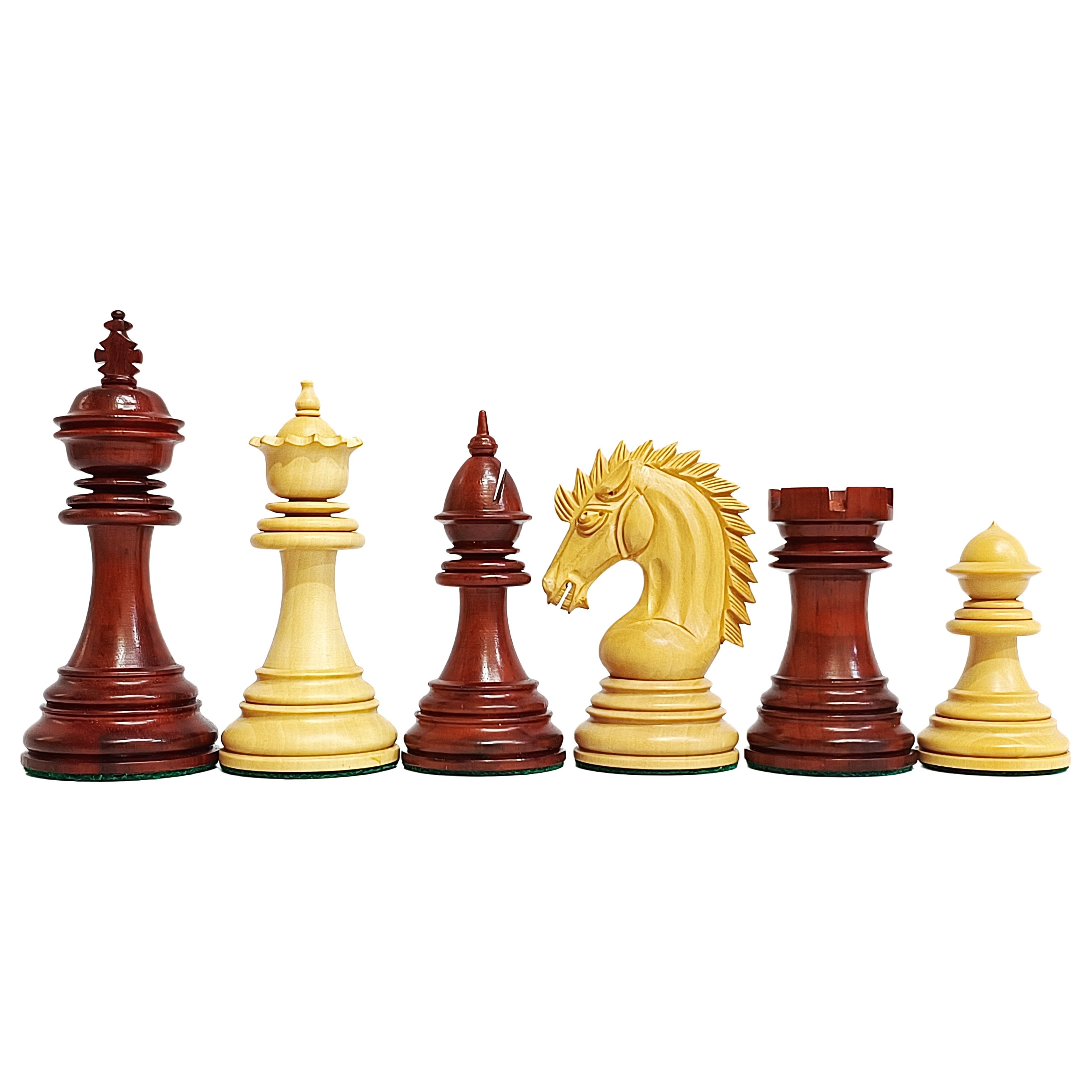
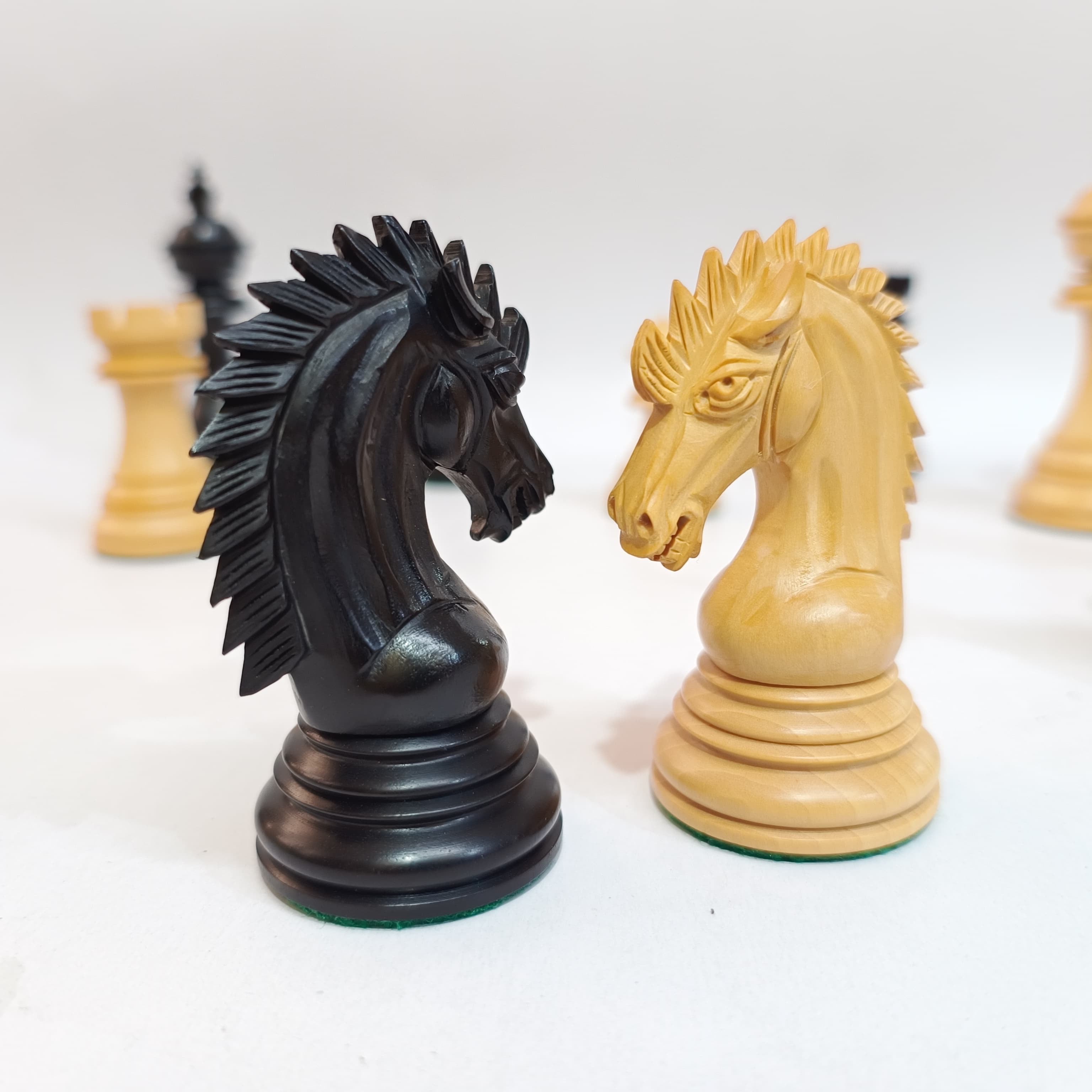
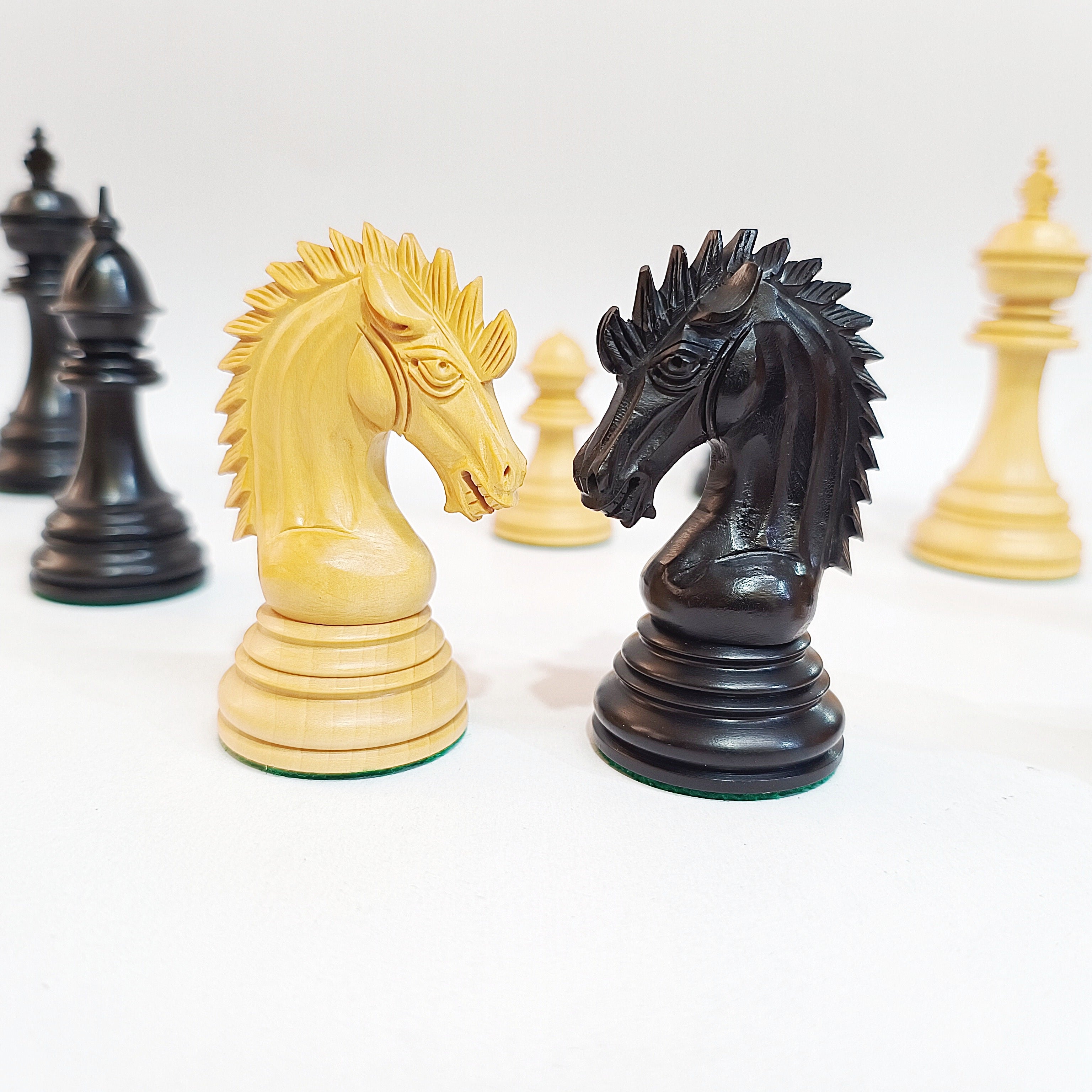
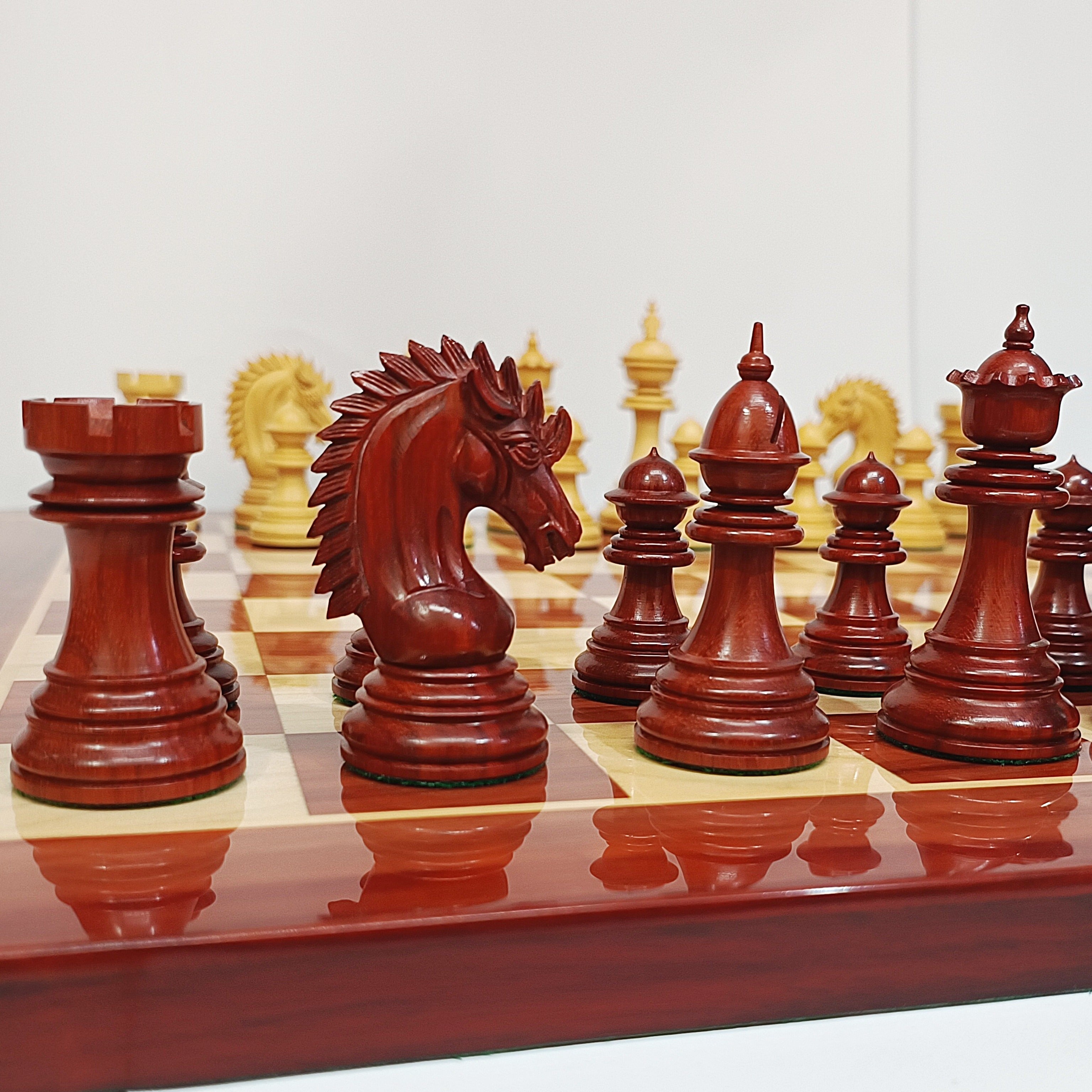
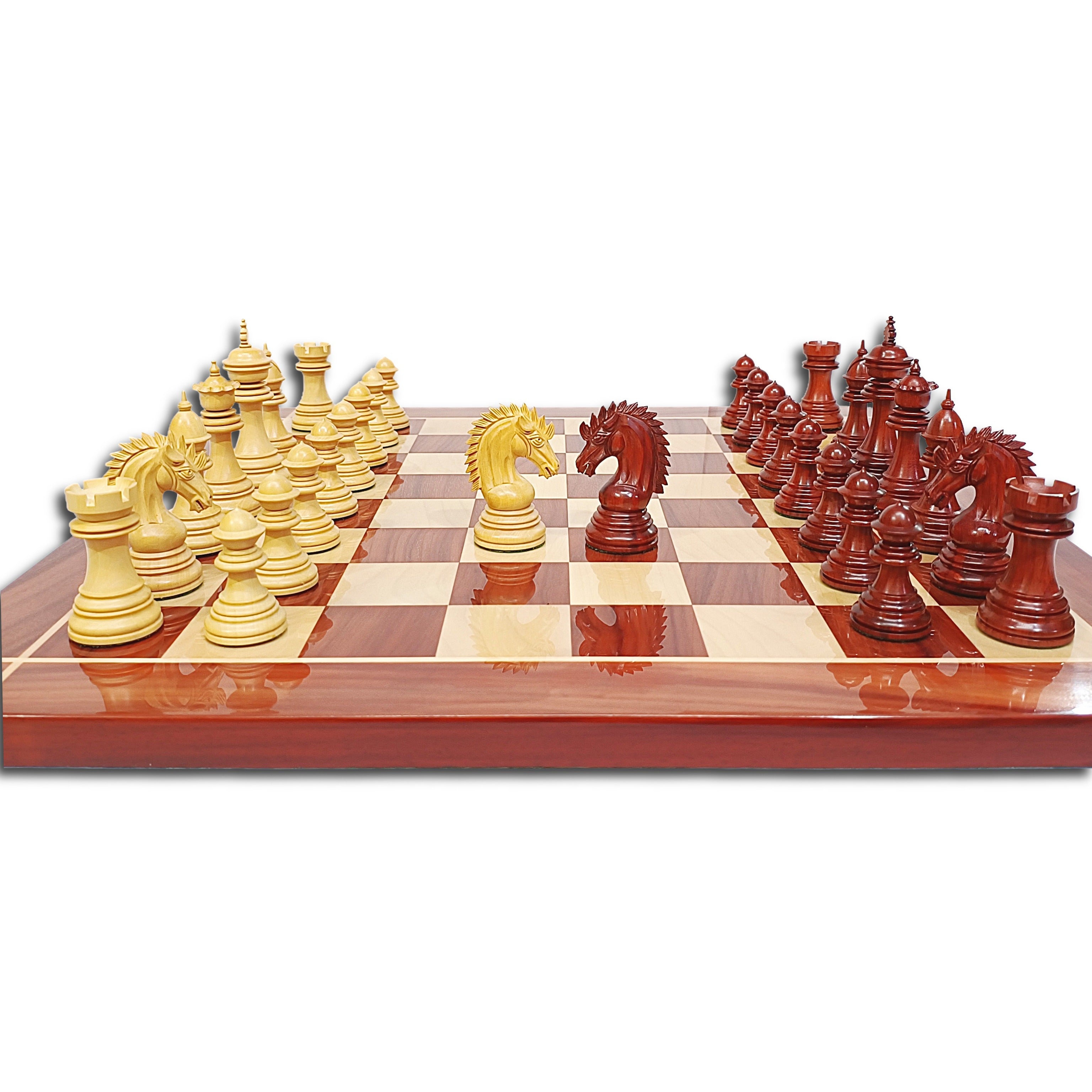

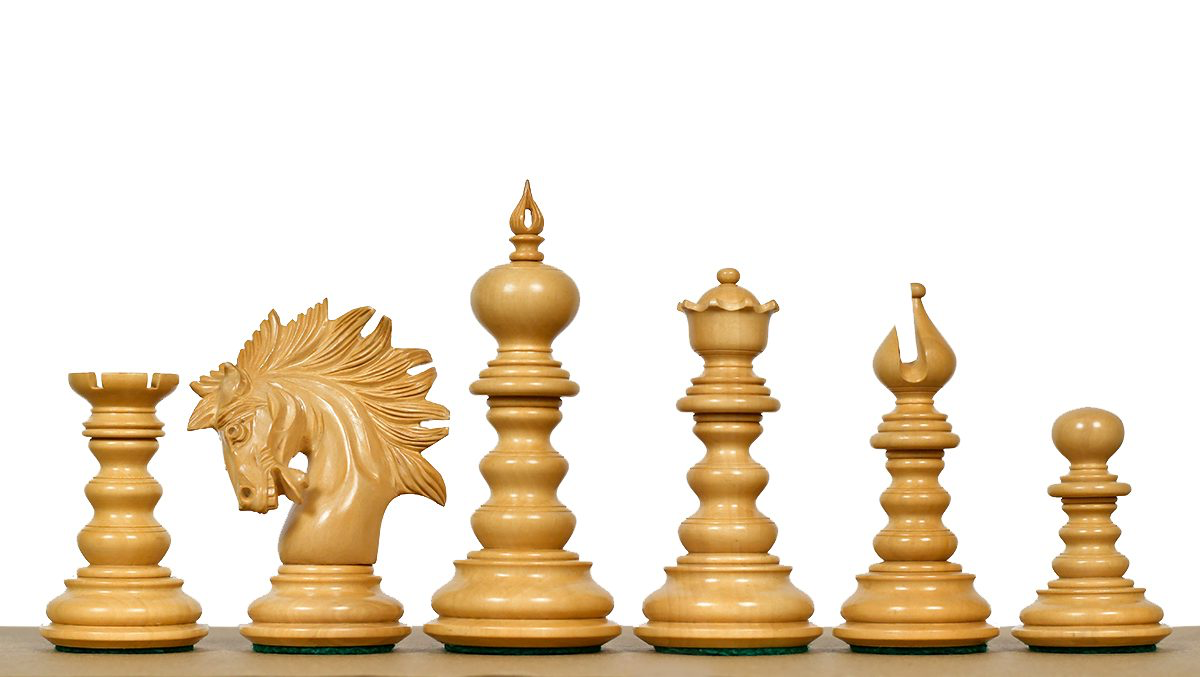
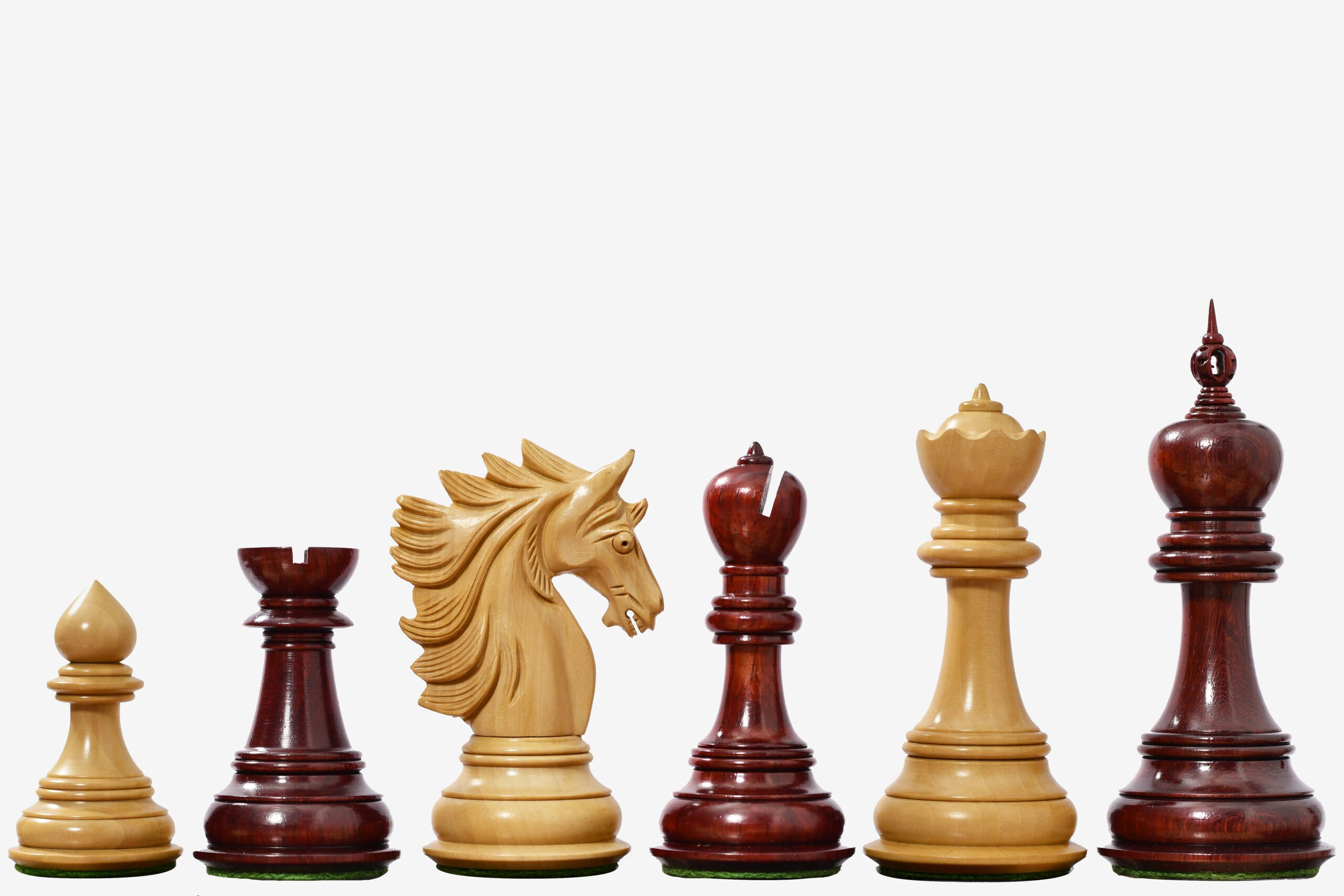
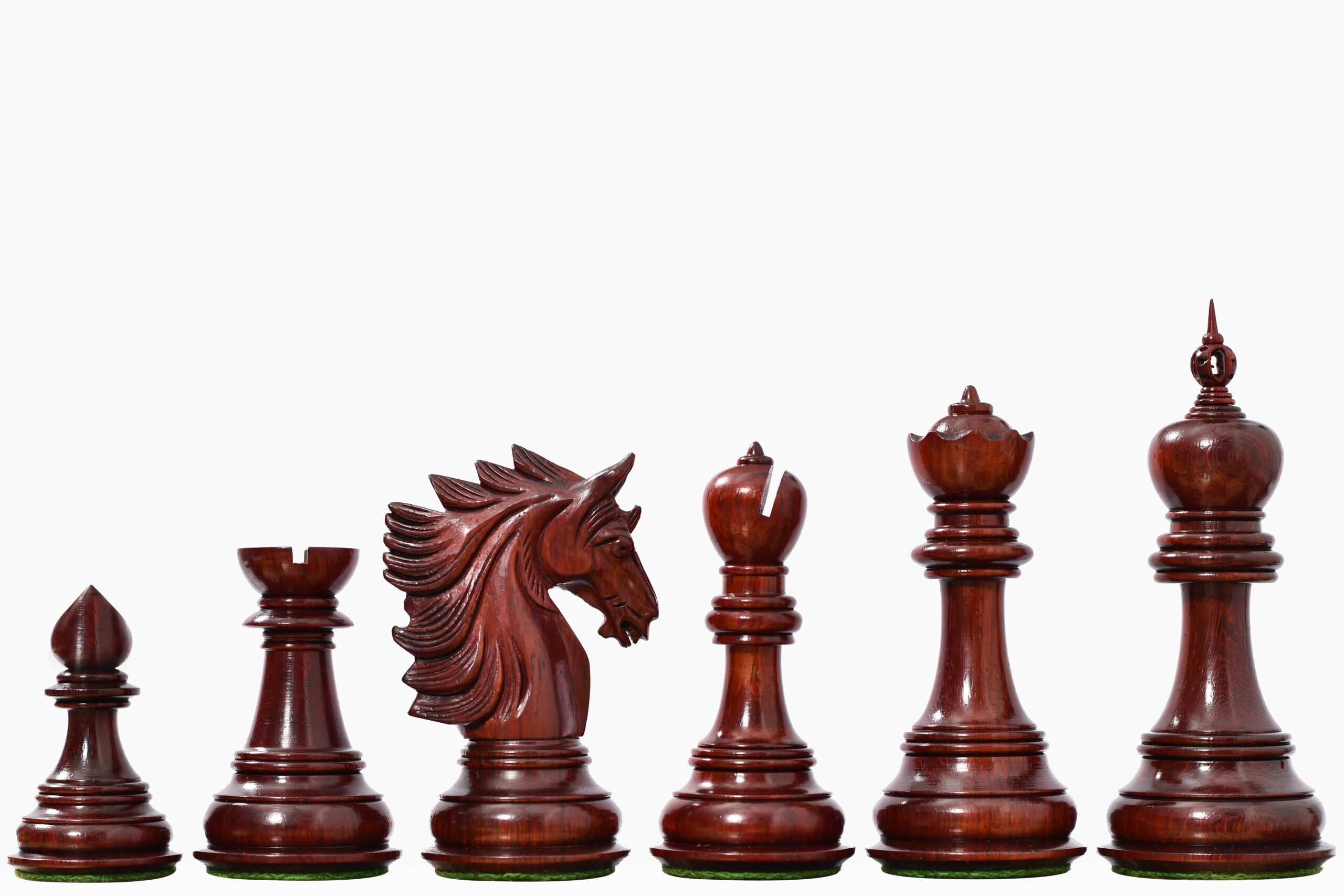
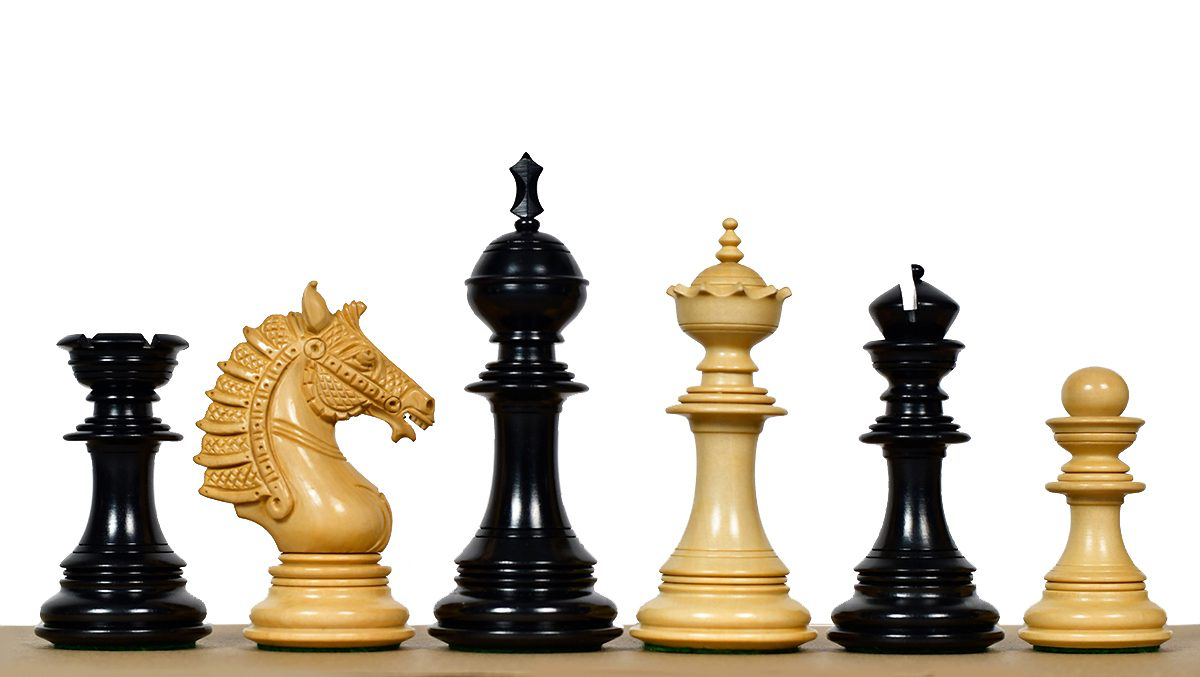
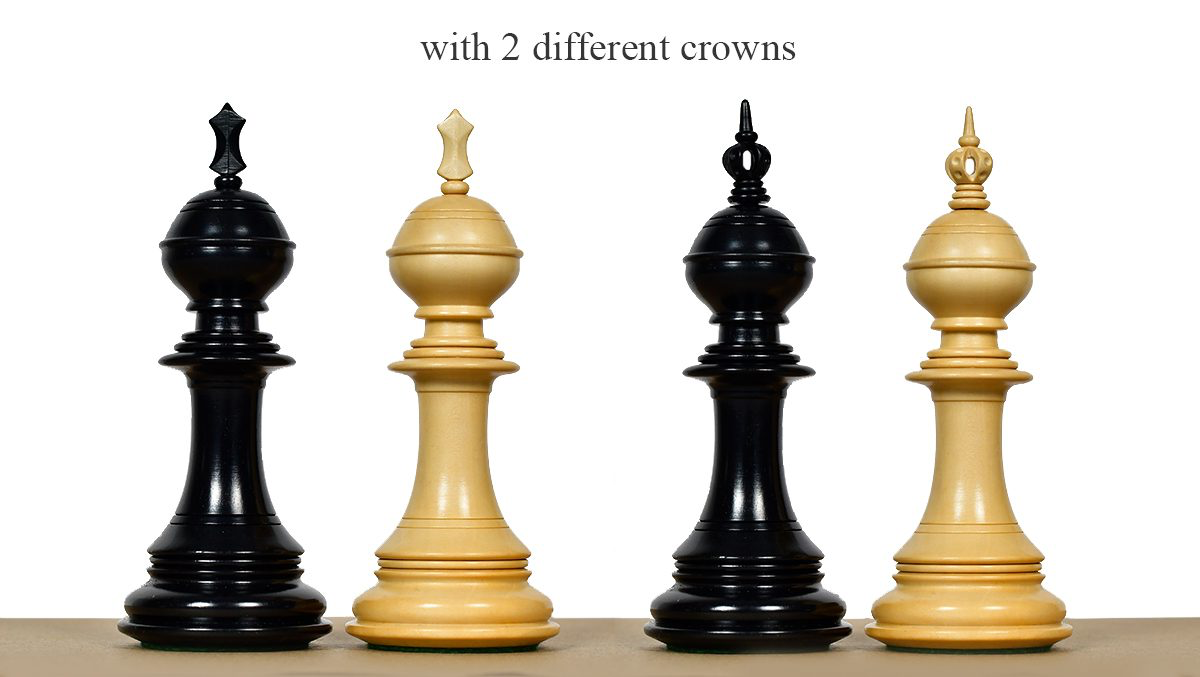
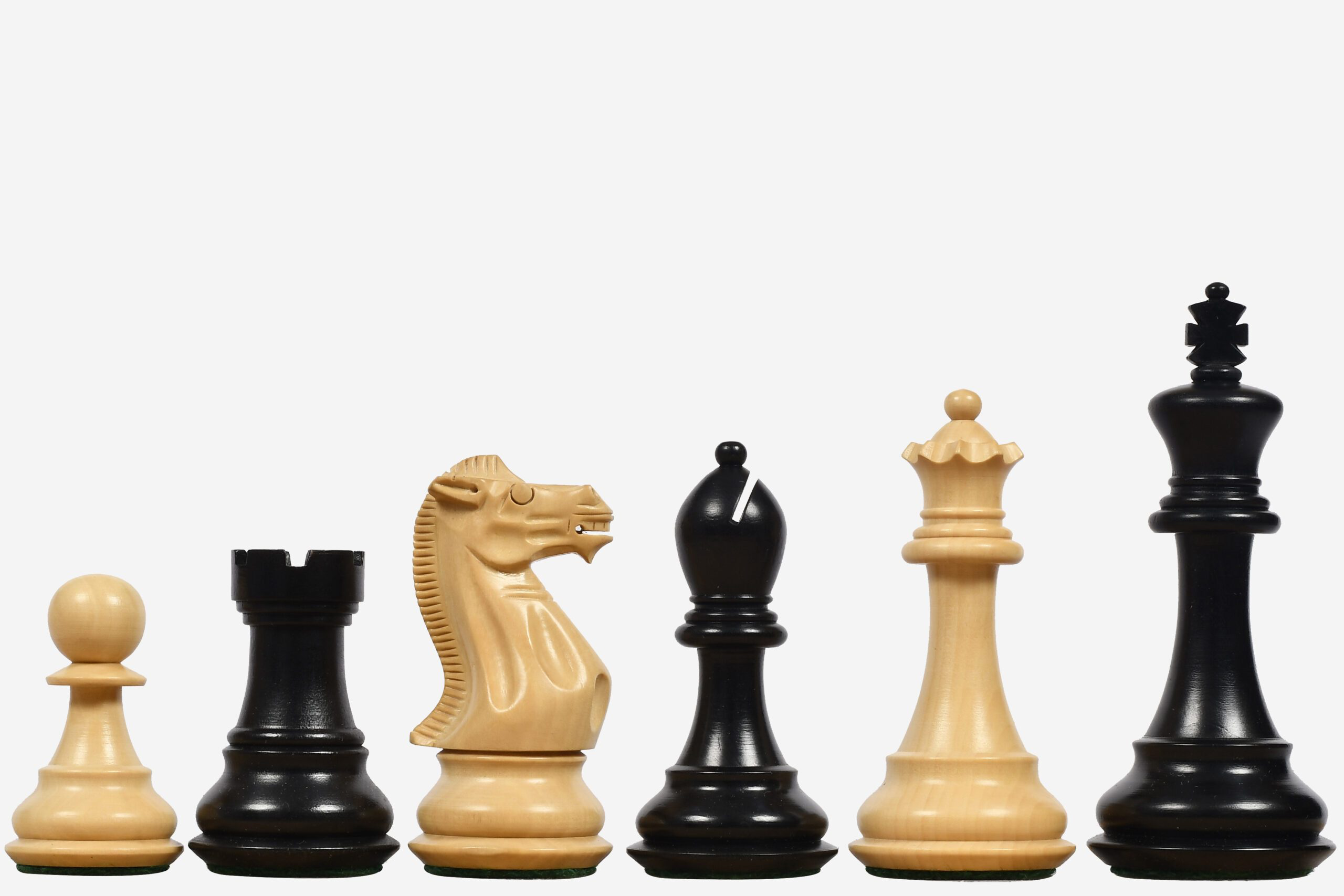
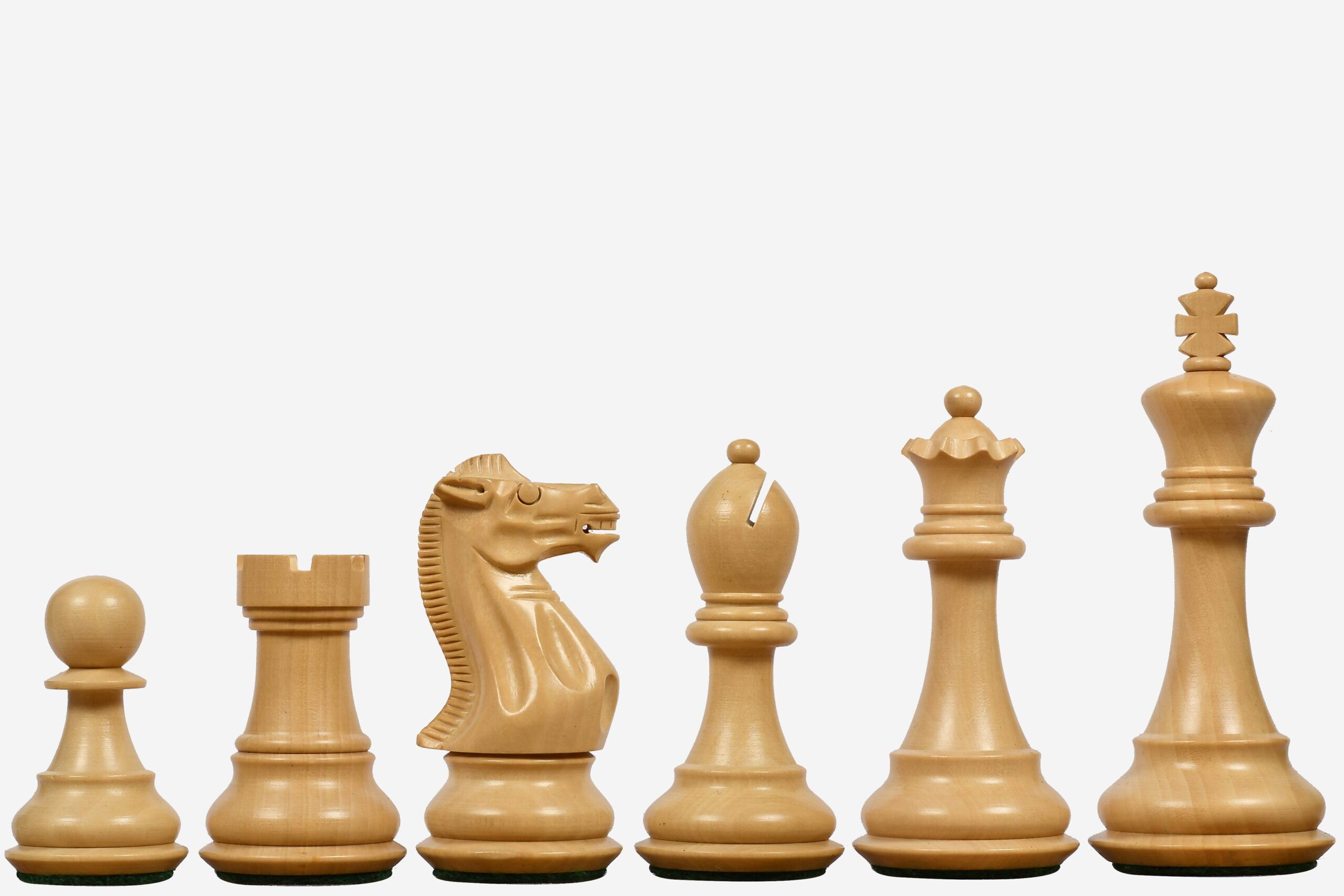
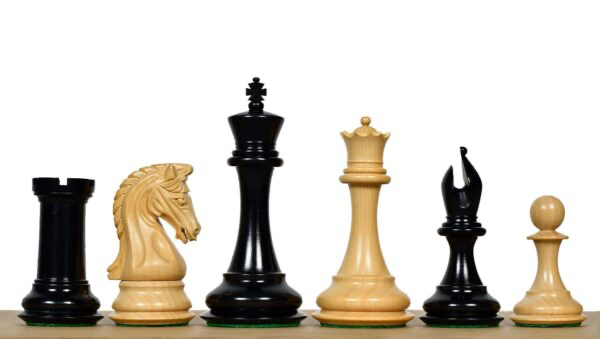
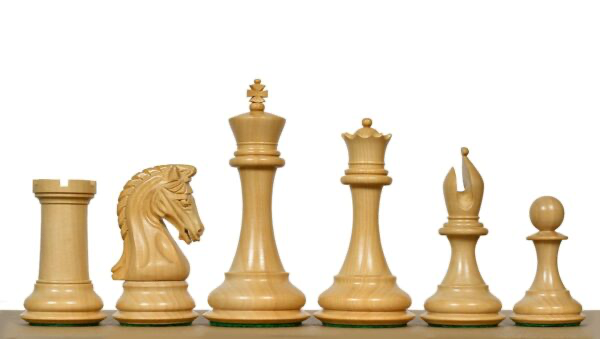
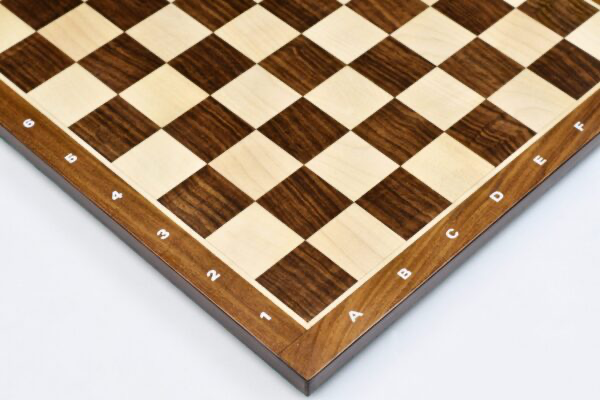
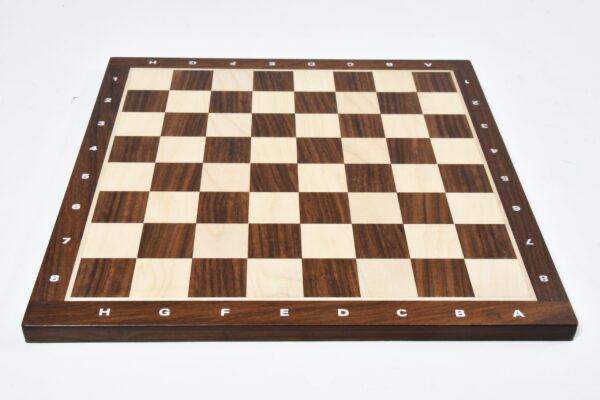
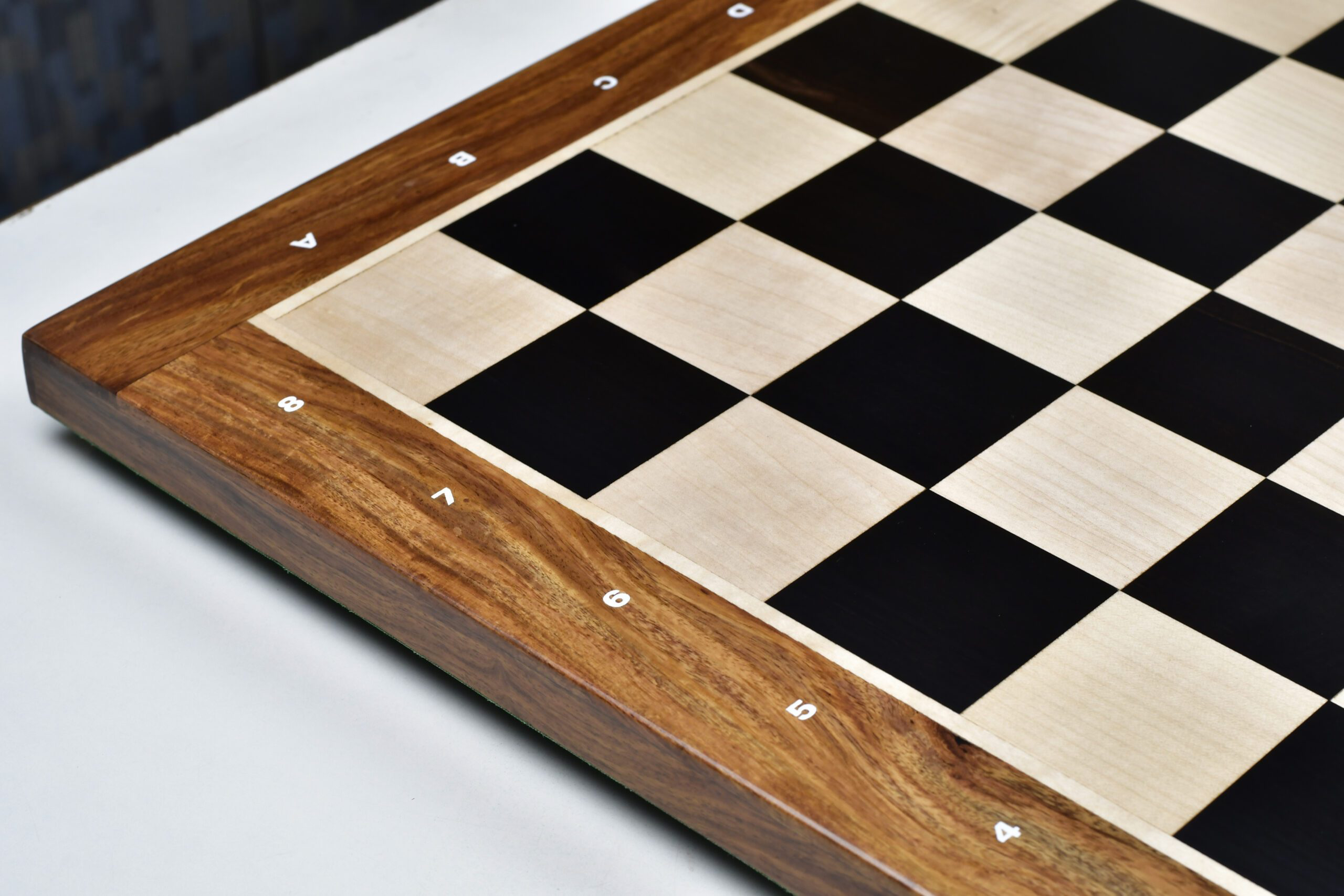
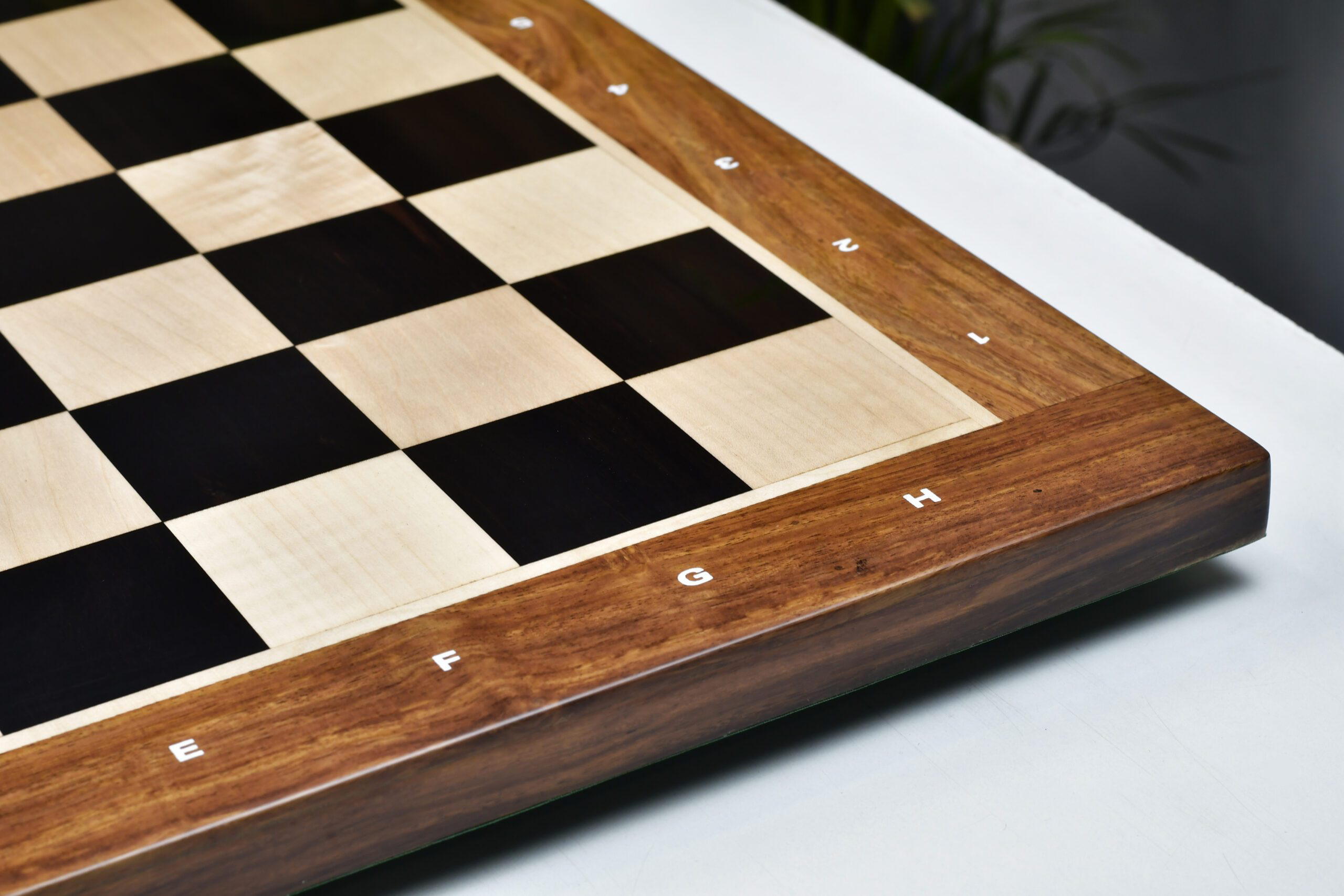


Leave a comment
All comments are moderated before being published.
This site is protected by hCaptcha and the hCaptcha Privacy Policy and Terms of Service apply.